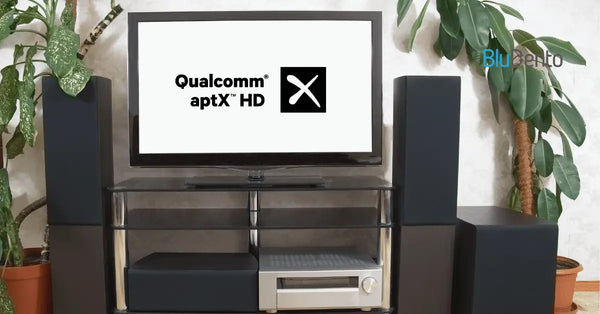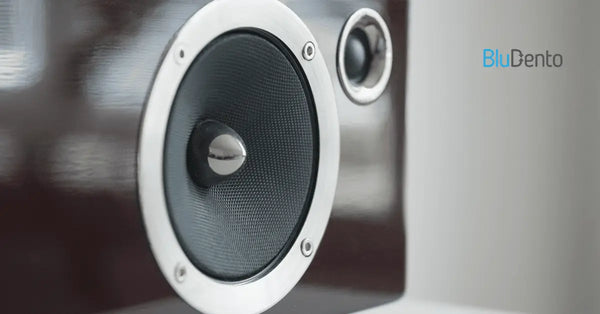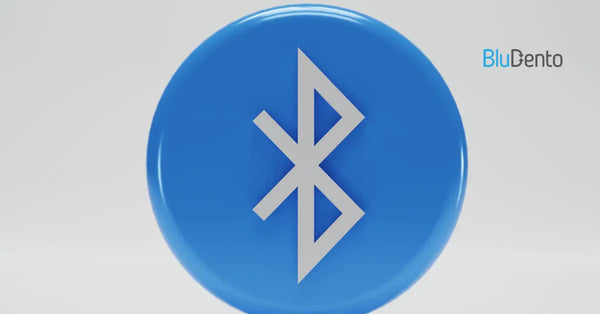How an Optical Bluetooth Receiver Boosts Sound Quality

Imagine turning your decade-old home theater into a cutting-edge wireless audio powerhouse—without replacing a single speaker. That’s the magic of an Optical Bluetooth Receiver, a compact gadget bridging the gap between vintage sound systems and modern Bluetooth devices. Whether you’re streaming Spotify from your phone or binge-watching Netflix on a smart TV, this device ensures your audio stays crisp, lag-free, and immersive. But how does it work, and why should you care? Buckle up as we unpack everything from setup hacks to audiophile-grade sound enhancements.
Revolutionize Your Audio: 5 Key Benefits of an Optical Bluetooth Receiver
Let’s cut to the chase: why bother with an Optical Bluetooth Receiver? Here’s the lowdown:
- Wireless Freedom, Wired Quality: Ditch tangled cables without sacrificing audio fidelity. The receiver uses TOSLINK (optical digital audio) to maintain lossless transmission, making it ideal for high-res formats like FLAC or ALAC.
- Multi-Device Mastery: Pair your phone, tablet, and laptop simultaneously. Switch between devices seamlessly—no more frantic un-pairing!
- Lag-Free Streaming: Advanced codecs like aptX LL (Low Latency) ensure your movie dialogues sync perfectly with lip movements.
- Future-Ready Connectivity: Supports Dolby Digital, DTS, and even 7.1 surround sound for gaming or 4K Blu-ray marathons.
- Plug-and-Play Simplicity: No PhD in tech required. Connect the optical cable, pair your device, and boom—you’re wireless!
How Does an Optical Bluetooth Receiver Work? (The Tech Behind the Magic)
Think of this gadget as a translator between two worlds: your Bluetooth-enabled smartphone and your optical audio-only sound system. Here’s the nitty-gritty:
- Step 1: The receiver captures Bluetooth signals (compressed audio) from your device.
- Step 2: It converts these signals into digital optical audio via a DAC (Digital-to-Analog Converter).
- Step 3: The converted signal travels through an optical cable to your speaker or AV receiver.
The secret sauce? Low-latency codecs like LDAC or aptX HD minimize delay, so your wireless audio feels as responsive as a wired connection.
Optical Bluetooth Receiver vs. Traditional Adapters: Which Wins?
Let’s settle the debate with a head-to-head comparison:
| Feature | Optical Bluetooth Receiver | Traditional Bluetooth Adapter |
|---|---|---|
| Audio Quality | Lossless (up to 24-bit/192kHz) | Compressed (SBC/AAC) |
| Latency | <40ms (aptX LL) | 100–300ms |
| Compatibility | Works with TVs, soundbars, AV receivers | Limited to 3.5mm/AUX ports |
| Price Range | $50–$150 | $10–$30 |
Verdict: If you care about sound quality and versatility, the Optical Bluetooth Receiver is worth every penny.
Top 7 Features to Look for in the Best Optical Bluetooth Receiver
Don’t get stuck with buyer’s remorse! Prioritize these features:
- aptX HD/LL Support: For studio-grade audio and lag-free video.
- Dual Optical Inputs: Connect both your TV and gaming console.
- NFC Pairing: Tap your phone to connect—no menus, no fuss.
- Multi-Room Audio: Sync multiple receivers for a whole-home setup.
- OLED Display: Track bitrate, codec, and battery life at a glance.
- USB-C Charging: Because Micro-USB is so 2010.
- 1-Year Warranty: Trust brands that stand by their products.
Step-by-Step Guide: Setting Up Your Optical Bluetooth Receiver
Got your new gadget? Let’s get it rolling:
- Connect the Optical Cable: Plug one end into your receiver’s TOSLINK port and the other into your sound system.
- Power It Up: Use the included USB cable or AC adapter.
- Pair Your Device: Enable Bluetooth on your phone, select the receiver, and confirm pairing.
- Test the Sound: Play a song and check for sync issues. Adjust latency settings if needed.
Pro Tip: Update the firmware via the brand’s app to unlock new features!
Why Audiophiles Love Optical Bluetooth Receivers: Uncompromised Sound Quality
Audiophiles are picky—and for good reason. Unlike cheap adapters that butcher audio with SBC compression, a premium Optical Bluetooth Receiver preserves nuances like the breathiness of a saxophone solo or the subtle reverb in a concert hall recording. Brands like Schiit Audio and FiiO even offer receivers with ESS Sabre DACs, ensuring bit-perfect playback.
Future-Proof Your Home Theater: How Optical Bluetooth Receivers Enhance Connectivity
With smart homes booming, your receiver can do more than stream music:
- HDMI ARC Integration: Combine it with your TV’s HDMI ARC port for unified control.
- Voice Assistant Compatibility: Use Alexa or Google Assistant to adjust volume or switch inputs.
- Dolby Atmos Support: Some receivers now passthrough object-based audio for immersive 3D soundscapes.
FAQs
What devices work with an Optical Bluetooth Receiver?
Most Bluetooth-enabled gadgets (phones, tablets, laptops) and optical-compatible sound systems (soundbars, AV receivers).
Does it work with Apple devices?
Yes! iPhones and iPads support AAC codecs, which many receivers handle seamlessly.
Can I use it for gaming?
Absolutely. Opt for models with aptX LL to eliminate lip-sync issues during gameplay.
How far is the Bluetooth range?
Typically 30–50 feet, but walls or interference can reduce this.
Do I need special cables?
Just a standard TOSLINK optical cable—often included in the box.
Will it improve my TV’s audio?
100%. It bypasses compressed TV Bluetooth, delivering cleaner sound via optical.
Conclusion
An Optical Bluetooth Receiver isn’t just another gadget—it’s your ticket to merging vintage audio gear with today’s wireless demands. From lag-free Netflix binges to hi-res music marathons, this little box punches way above its weight. Ready to cut the cord? Your ears will thank you.












